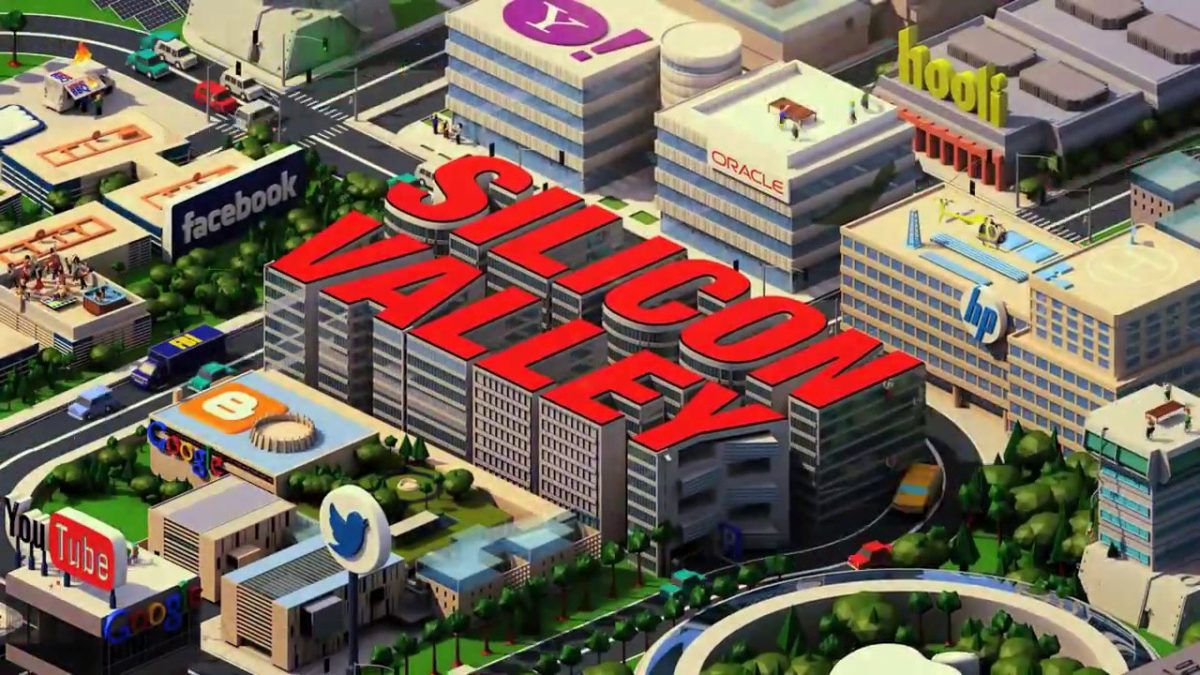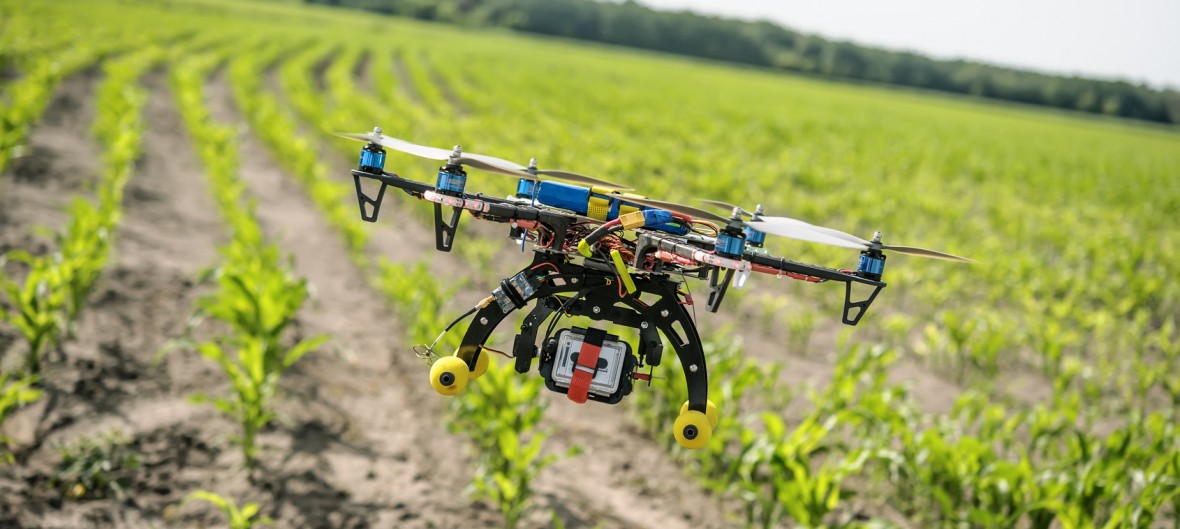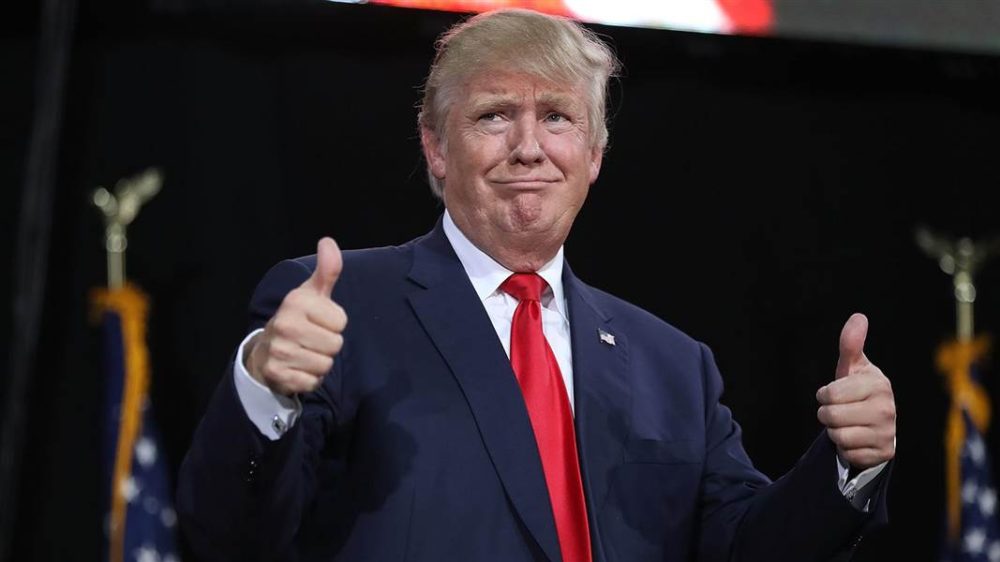During these university years we have seen a lot of models, a lot! Think of Porter’s five forces or a more recent one: the theory of newly-vulnerable markets (TONM).
Both these models talk about the threat of new entrants or what TONM calls, newly easy to enter. This threat entails that incumbents have to watch out for new market entrants as they might take their profit. These new entrants have learned from the mistakes that the incumbents made. In addition, if the incumbents are serving customers that are less profitable, the new entrants can solely focus on customers that have high profit margins. New entrants can also be seen as start-ups, and it seems a valid point that they pose a threat.
However, the “Financieel Dagblad” just published an article saying, don’t mind the start-ups, be scared of tech-giants. Where I was convinced that start-ups do pose a real threat, in the technology market the tech giants are the ones to watch, apparently. The three main tech giants are Amazon, Facebook and Google, of course.
Annet Aris, teacher of digital strategy at INSEAD, actually advises companies to look at these giants instead. They are posing threats rather than the start-ups. According to the article, this can be explained by the data, the algorithms the giants hold, and their money. If they enter your market, you should definitely be worried.
Partick van der Pijl states that there has been a shift of focus. Four years ago, companies were afraid for the start-ups and what they were doing. However, nowadays the focus is on the development of technologies and how companies should prepare for these upcoming changes.
What do you guys think? I think the article makes a valid point. Although some start-ups have made an impact (Uber & AirBnB), a lot of them have not. In the end, these tech incumbents still seem to rule the market.




